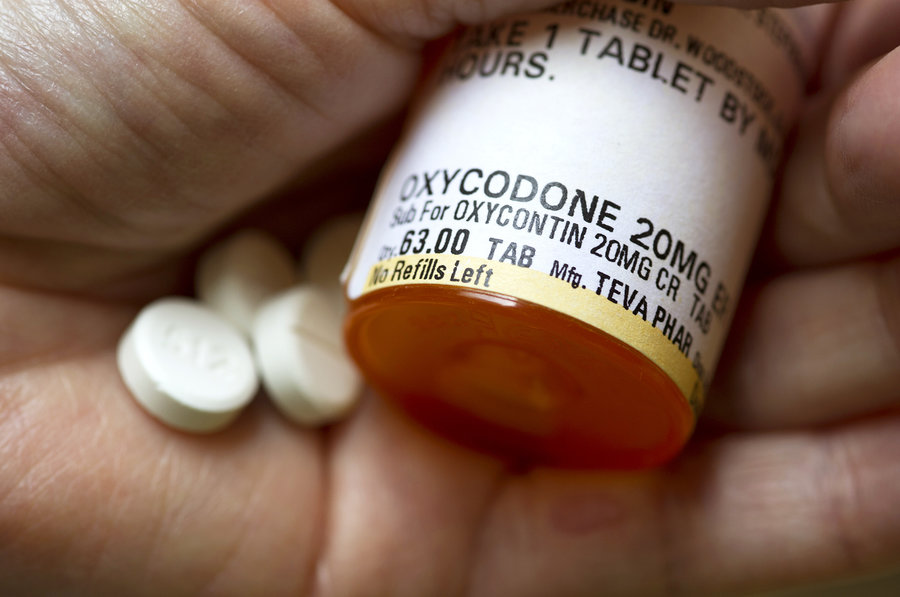Although opioid prescriptions in the U.S. have dropped, they remain high overall, according to a report from the U.S. Centers for Disease Control and Prevention report released last week, .
Opioid prescriptions decreased 18 percet from 2010 to 2015, but the number of prescriptions in 2015 was still three times higher than in 1999 and four times higher than prescription rates in Europe, CNN reported.
READ:
Much of the increase since 1999 is attributed to opioids being prescribed to treat chronic pain.
“The bottom line is, we still have too many people getting too many opioid prescriptions for too many days at too high a dosage,” said acting CDC Director Dr. Anne Schuchat.
We must improve Rx #opioid practices as part of a coordinated public health approach to combat US opioid crisis. https://t.co/8hHcPkeVFF
— Mandy K. Cohen, MD, MPH (@CDCDirector) July 6, 2017
Opioids kill more than 33,000 Americans every year. This includes both legal drugs, such as prescription oxycodone and hydrocodone, and illicit drugs such as heroin and street fentanyl.
Half of those deaths involve prescription narcotics. Nearly 2 million Americans are addicted to prescription opioids.
.@CDCInjury’s newly released #VitalSigns on Prescribing Opioids: Where you live matters. https://t.co/aNdVS3dcoY pic.twitter.com/zgLkdMj1JQ
— CDC (@CDCgov) July 6, 2017
But the authors of the report also found that both the average and overall prescriptions decreased from 81.2 to 70.6 prescriptions for every 100 people from 2010 to 2015.
However, the average length of time for prescriptions increased 33 percent from 13.3 days in 2006 to 17.7 days in 2015.
Prescribing of #opioids is still too high in the US & varies greatly from county to county. #VitalSigns https://t.co/aNdVS3uNgw
— CDC (@CDCgov) July 7, 2017
Prescriptions for eight days or longer increase the likelihood of using the drug a year later to 13.5 percent, a preview CDC report found.
The study did not identify whether reducing the number of prescriptions directly correlates to an overall decrease of the number of people using the drugs.
“We know the country is experiencing the highest overdose rates ever recorded, and it’s driven by prescription and illicit opioid use,” Schuchat said. “Improvements in prescribing (habits) are just the beginning, but we have so much work to do.”
(H/T: CNN)


